Choosing the right knife for your kitchen can make all the difference in your cooking experience. With a vast array of options available, it’s easy to feel overwhelmed. Whether you’re a seasoned chef or just starting out, understanding the various types of knives and their uses can elevate your culinary skills. This beginner's guide will walk you through the essential factors to consider when selecting the perfect knife for your kitchen, including tips, key features, and common mistakes to avoid. Let’s dive in!
Understanding Different Types of Kitchen Knives
Before zeroing in on the specific knife you need, it’s essential to familiarize yourself with the types of knives available. Here are the primary categories you'll encounter:
Chef Knives & Sets
The backbone of any kitchen, chef knives are versatile and can handle a variety of tasks, from chopping vegetables to slicing meat. A standard chef knife measures between 8 and 10 inches and is a must-have for any aspiring chef. When investing in your kitchen, consider acquiring a chef knife set, which typically includes different knives crafted for specific purposes, ensuring you have the right tools to tackle any recipe.
Paring Knives
For tasks that require precision, such as peeling fruits or deveining shrimp, a paring knife is ideal. Small and nimble, these knives typically have a blade length of 3 to 4 inches. They allow you to work closely with your ingredients for those delicate jobs.
Serrated Knives
Best for slicing bread and delicate foods like tomatoes, a serrated knife features a saw-like edge, making it easier to cut through soft surfaces without crushing them. This type of knife is often overlooked, but it's essential for maintaining the integrity of various food types.
Specialty Knives
Depending on your cooking style, you might find yourself needing specialty knives, such as boning knives for fish and meats, or filleting knives for the more adventurous home cooks. These knives serve specific tasks that can enhance your efficiency in the kitchen.
Choosing the Right Material
The blade material plays a significant role in the knife’s effectiveness and longevity. Here are the materials you'll typically encounter:
Stainless Steel
Stainless steel is popular for its corrosion resistance and low maintenance. Knives made from this material are durable and easy to care for, making them an excellent choice for beginners.
High-Carbon Steel
For professional chefs, high-carbon steel knives are the go-to option due to their superior edge retention and ease of sharpening. However, they do require more maintenance to prevent rust. Those looking for personalized gifts may also want to consider high-carbon options that can be engraved for a more customized touch.
Damascus Steel
For those who appreciate both aesthetics and performance, Damascus steel knives offer stunning, wavy patterns alongside impressive durability. These knives are often on the pricier side, making them a luxurious option for those willing to invest.
What to Look for When Buying a Knife
While choosing the right knife can feel daunting, understanding key features can simplify the process. Here are some essential points to consider:
Comfort and Grip
Hold the knife before purchasing to ensure it feels comfortable in your hand. Check for ergonomic designs that minimize strain during prolonged use. A trusted grip can significantly enhance your cooking experience.
Weight and Balance
The weight and balance of a knife can influence your efficiency. Heavier knives are great for chopping, while lighter models provide more control over intricate tasks. When selecting a knife, aim for one that feels right for your strength and skills.
Blade Edge
The edge's sharpness is critical. A knife with a straight edge can be easier for beginners to maintain, while a serrated edge excels in cutting through soft surfaces. Consider your cooking style when determining which edge is best for you.
Knife Maintenance Tips
Investing in a quality knife is just the beginning. Proper maintenance will ensure longevity and optimal performance. Here are a few tips to keep in mind:
Regular Honing
Honing your knife regularly helps maintain its edge, prolonging the time between sharpenings. Handheld honing rods are easy to use and a great addition to your kitchen arsenal.
Proper Cleaning Techniques
To avoid damaging your knife, always hand wash it with mild soap and warm water. Avoid putting knives in the dishwasher, as the harsh environment can dull the blade and damage the handle.
Storage Solutions
Storing your knives correctly is essential for keeping them sharp and in good condition. Consider investing in magnetic strips, knife blocks, or sheaths to protect your blades when not in use.
Understanding Your Cooking Style
Your cooking habits should heavily influence your knife choices. Do you prepare meals that require precision or prefer straightforward chopping? Are you a baking enthusiast? Assessing your cooking style will help identify the knives necessary for your kitchen.
Casual Home Cook
If you're a casual home cook, a versatile chef knife paired with a paring knife will cover most of your needs. Investing in a basic chef knife set can provide you with various tools without overwhelming your kitchen.
Frequent Entertainer
For those who love hosting dinner parties, consider investing in multiple specialty knives. A good serrated knife is essential for bread lovers, while filleting knives can be useful if seafood often graces your table.
What to Avoid When Choosing a Knife
Finally, avoid common pitfalls that can lead to disappointment with your kitchen knives:
Falling for Trends
Don’t let trendy knives influence your choices. While aesthetic appeal is important, functionality and how well a knife suits your style should be your primary focus. Stick with timeless options that remain useful over time.
Overbuying
Don’t rush to acquire every type of knife available. Start with a few essential tools and gradually expand your collection as your cooking skills evolve. This approach saves money and ensures you're investing in knives you genuinely need.
Ignoring Quality
A knife is an investment an investment you’ll want to last. Avoid budget options that compromise on quality, as they may end up performing poorly and require replacing sooner than anticipated. Investing in reliable knives pays off in the long run.
Enrich Your Culinary Journey
Choosing the right knife for your kitchen doesn’t have to be a daunting task. By understanding the various types of knives, their materials, and considering your cooking style, you can find the perfect blade to enhance your culinary experience. Remember, like any skill, becoming adept in the kitchen takes time and practice—armed with the right tools, you're well on your way to culinary success!
Whether you're purchasing your first chef knife or adding exquisite folding knives to your collection, always prioritize comfort, quality, and practicality. Here’s to honing your cooking skills with the right equipment—enjoy your time in the kitchen!






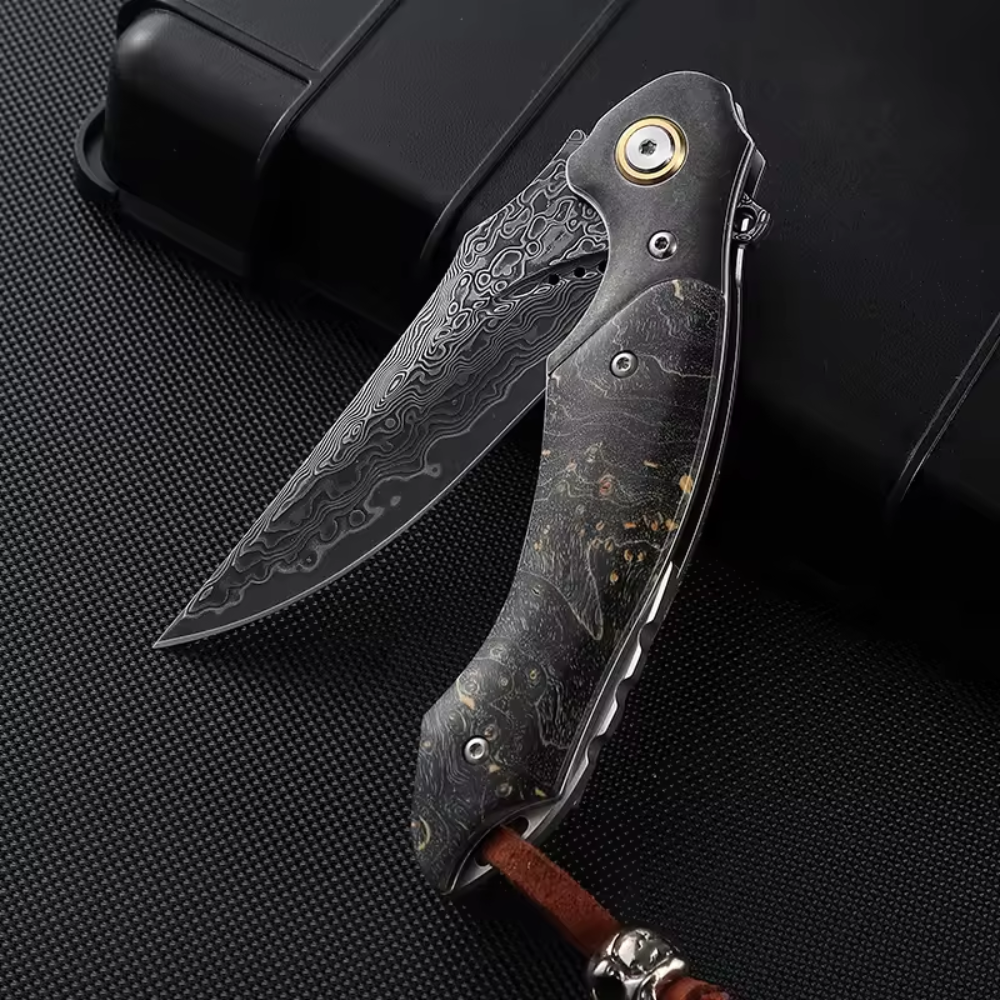
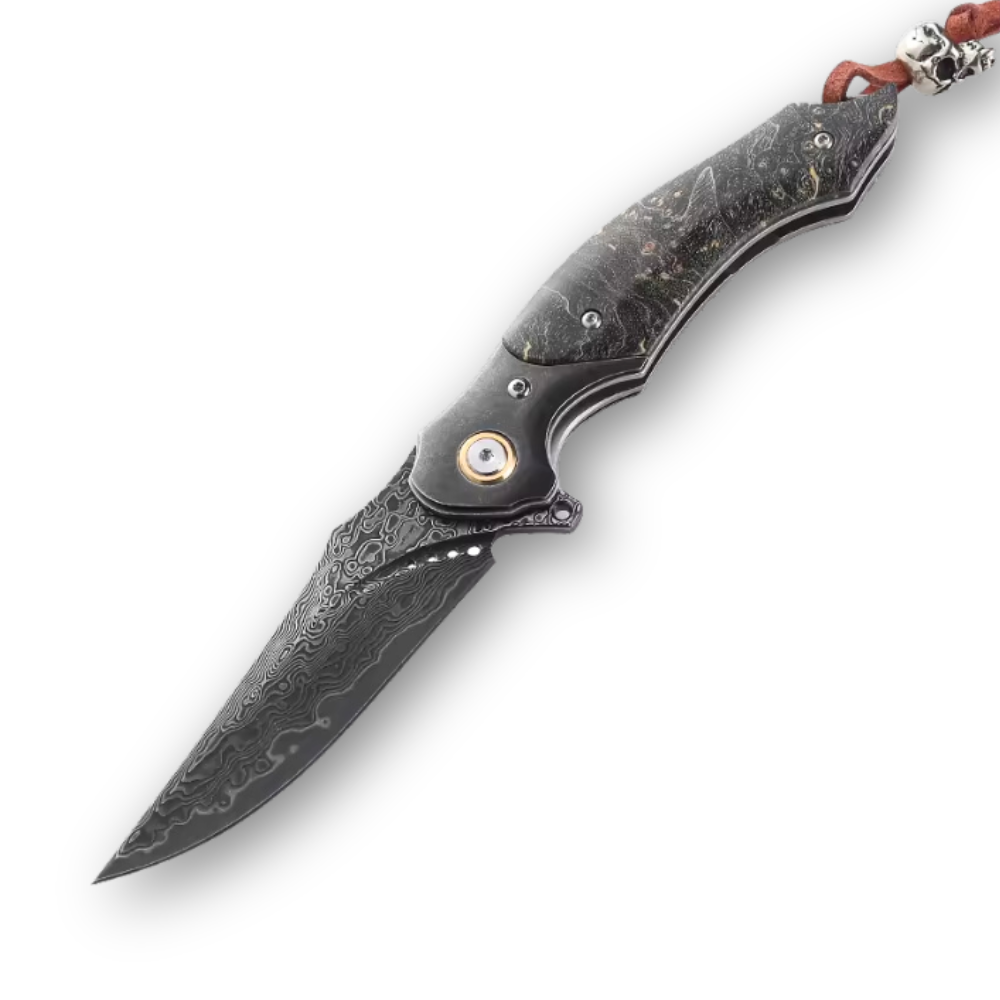
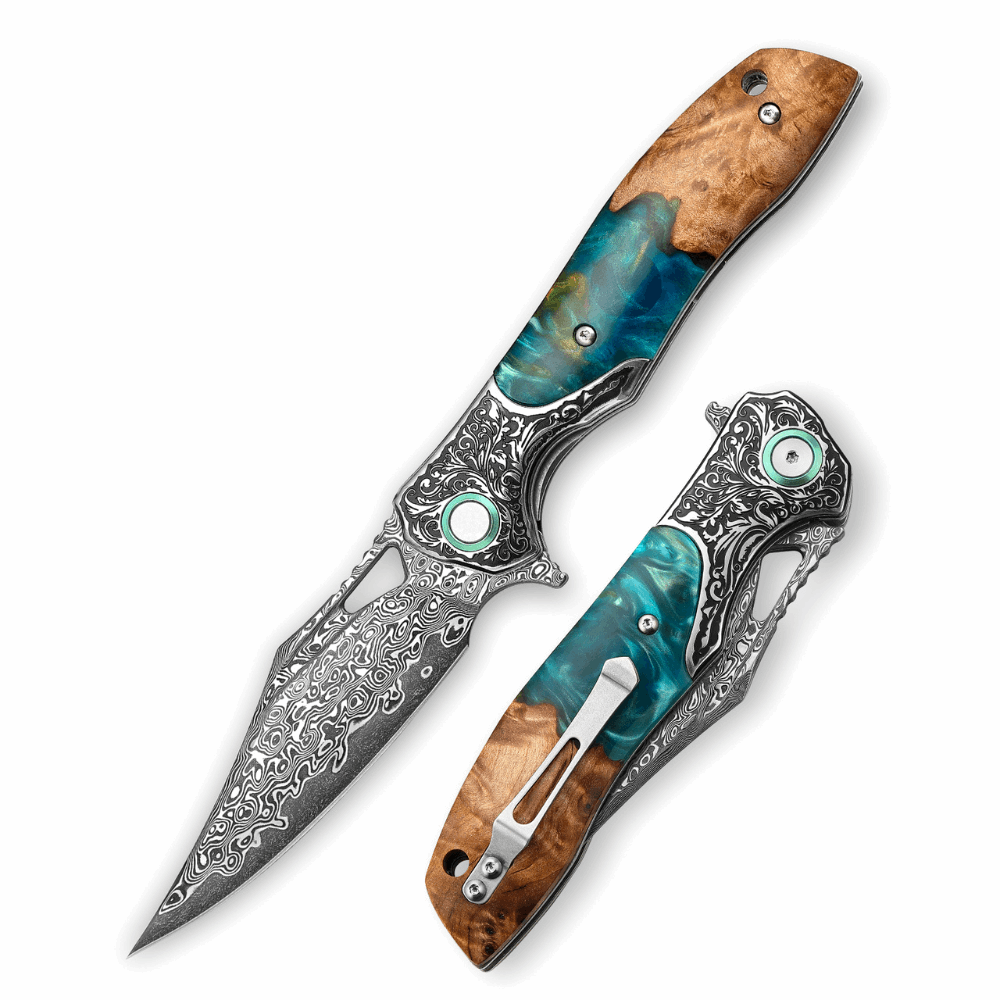
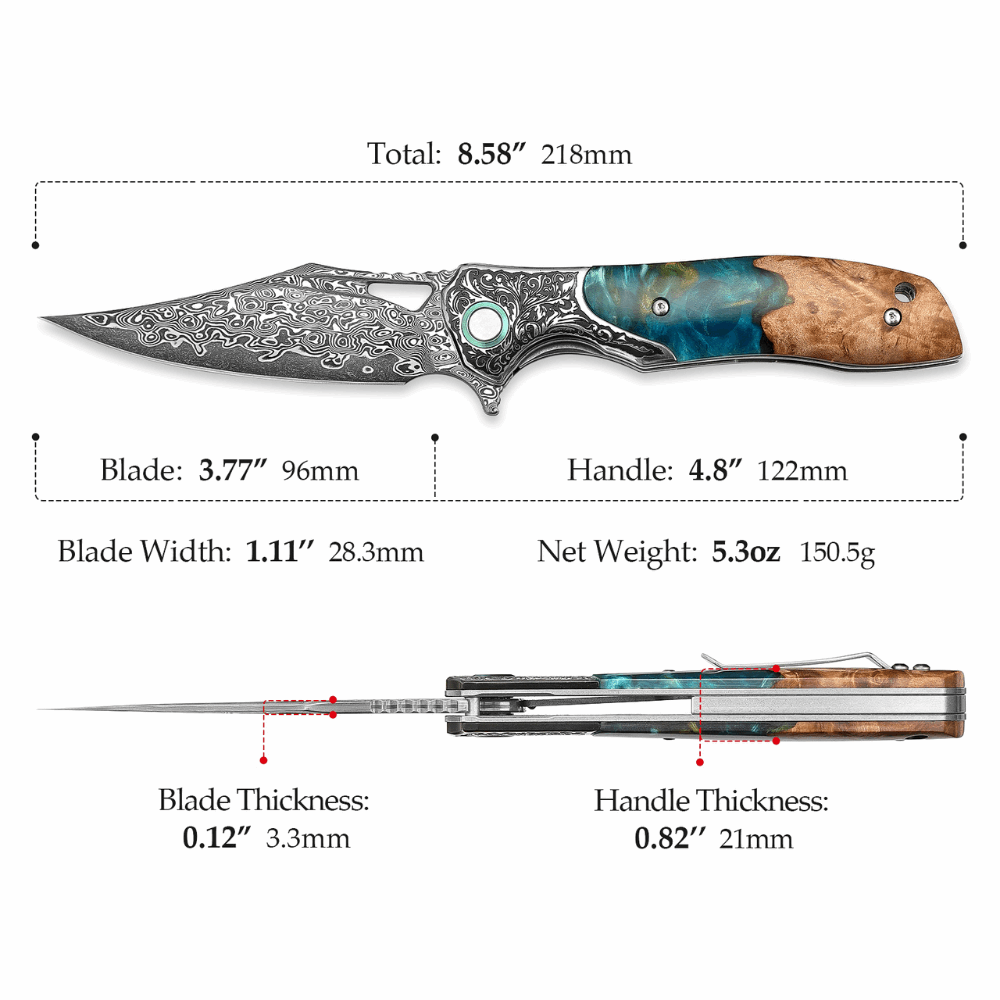
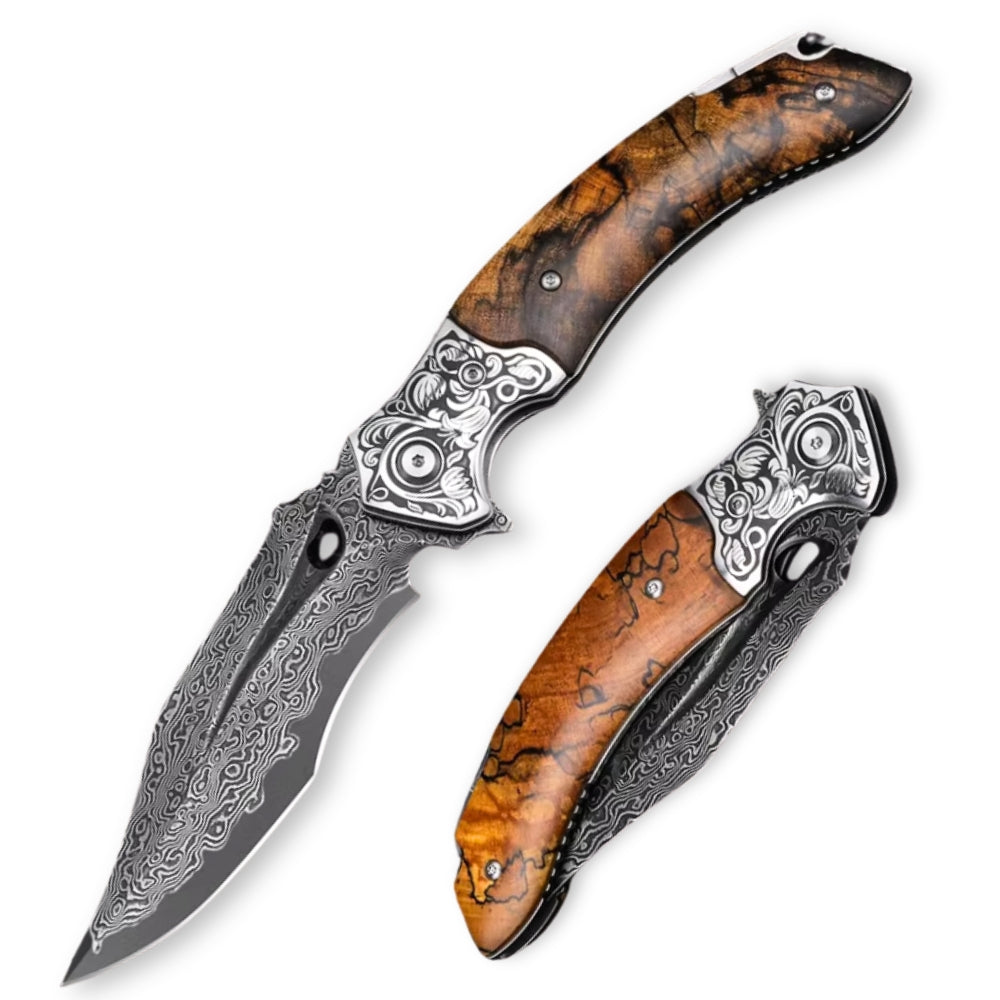
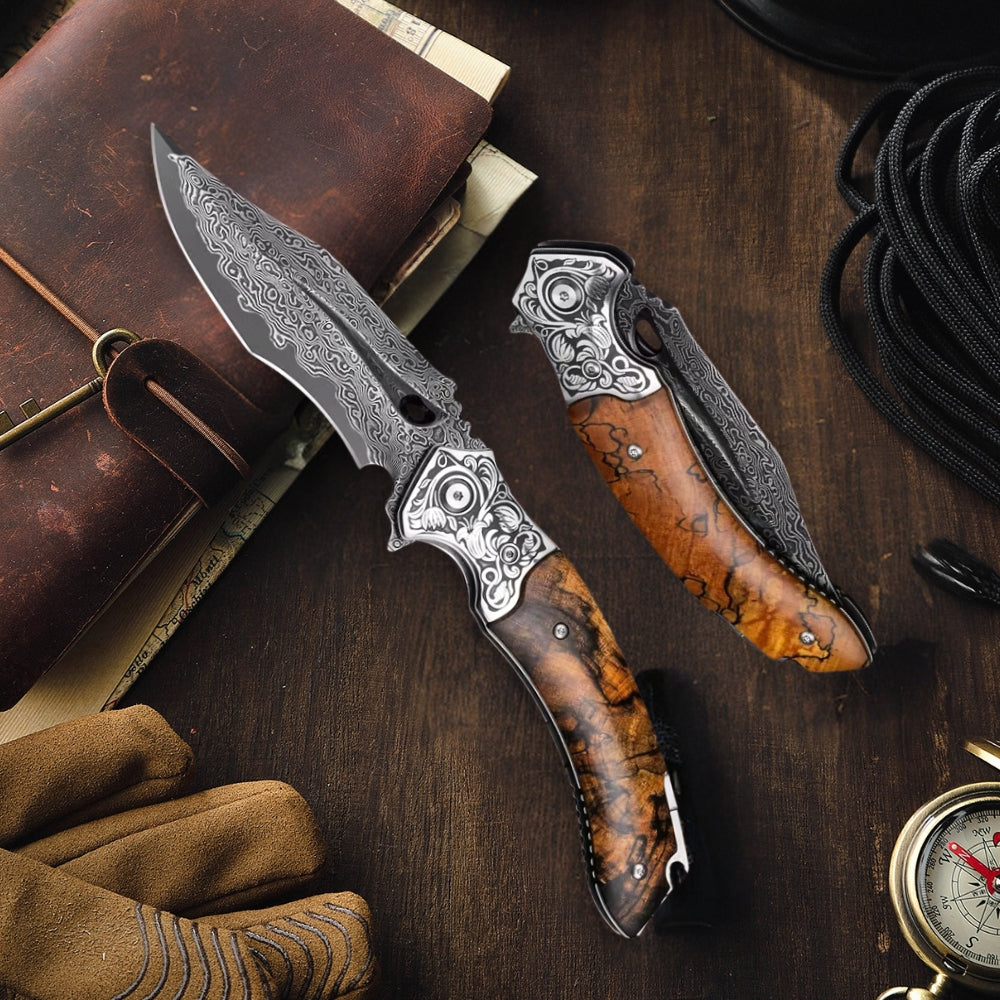
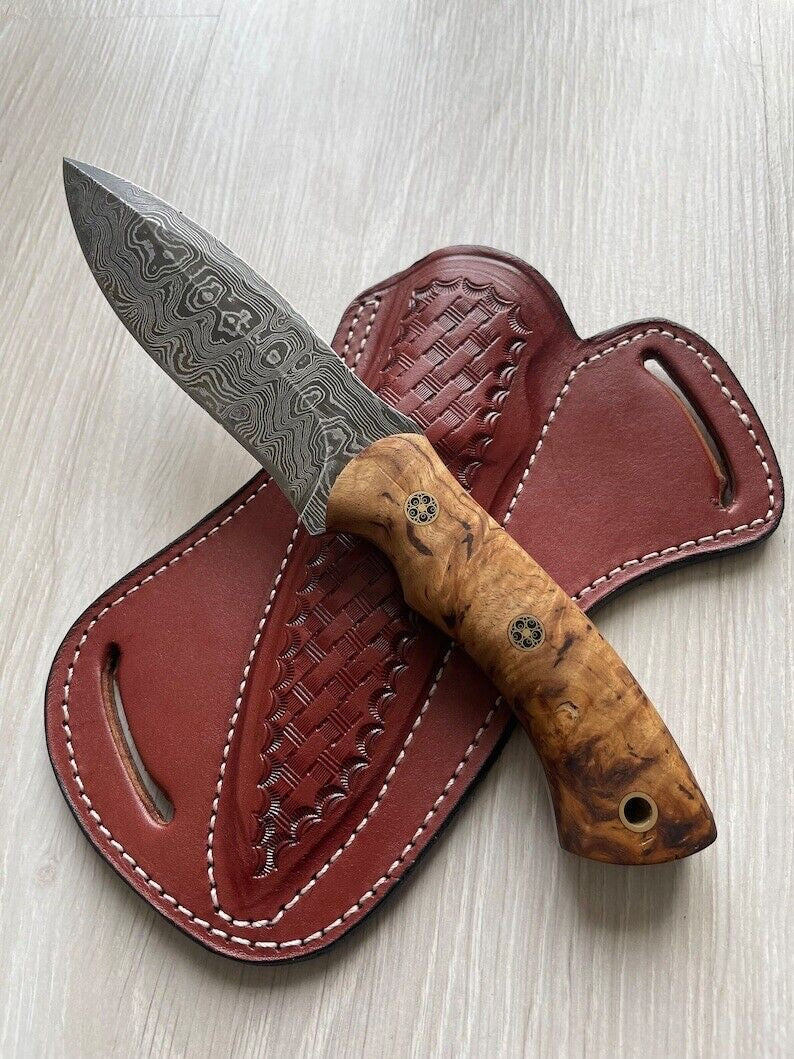
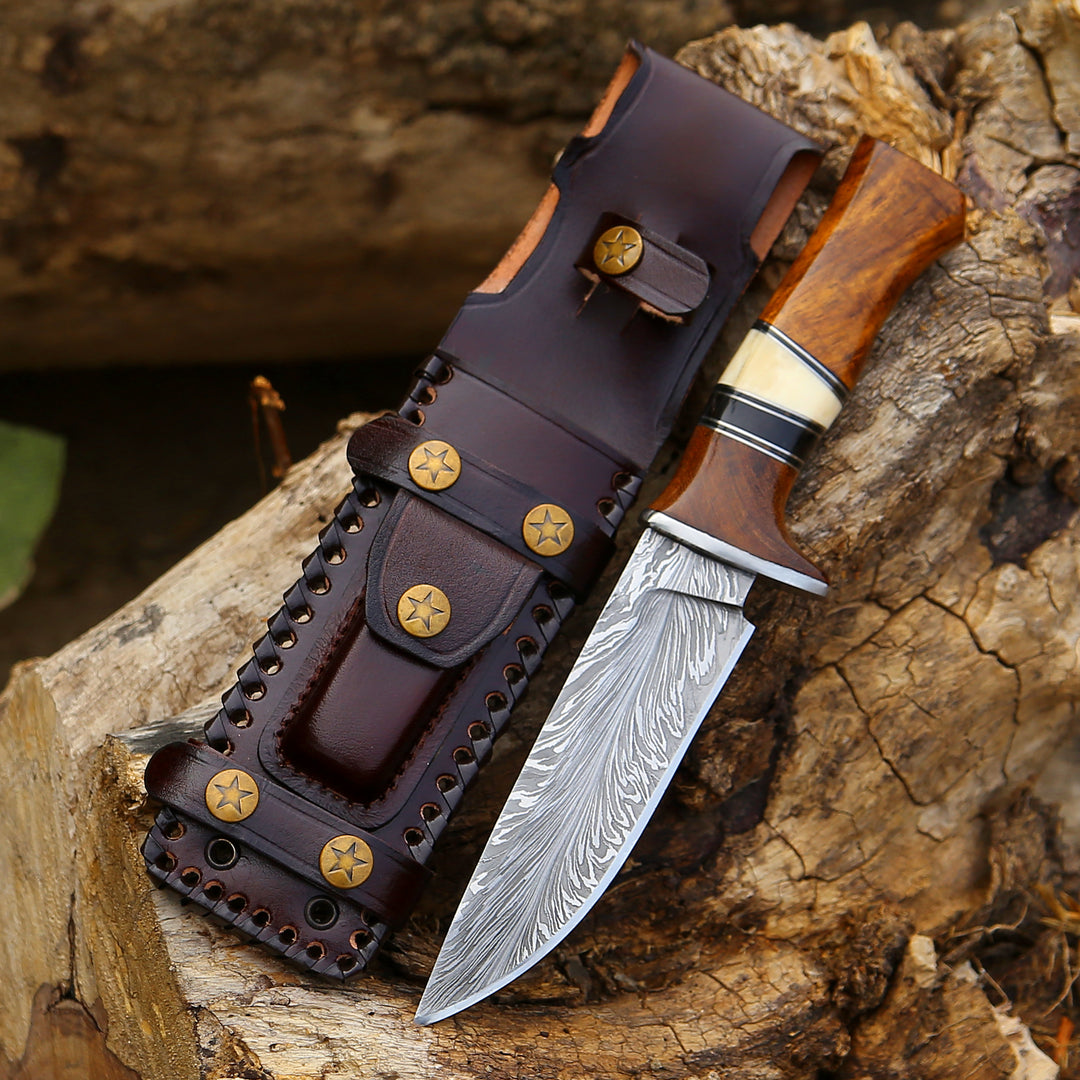

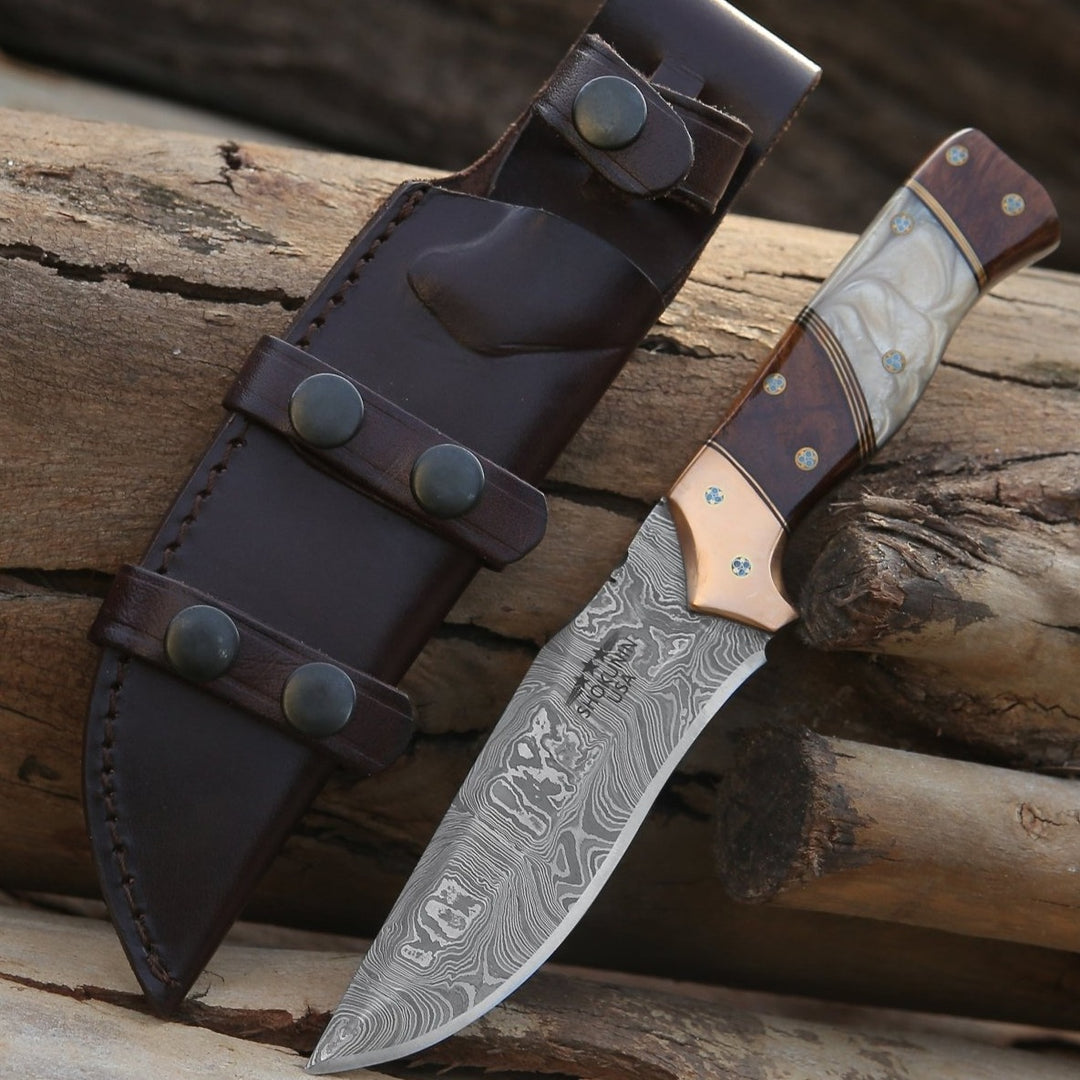
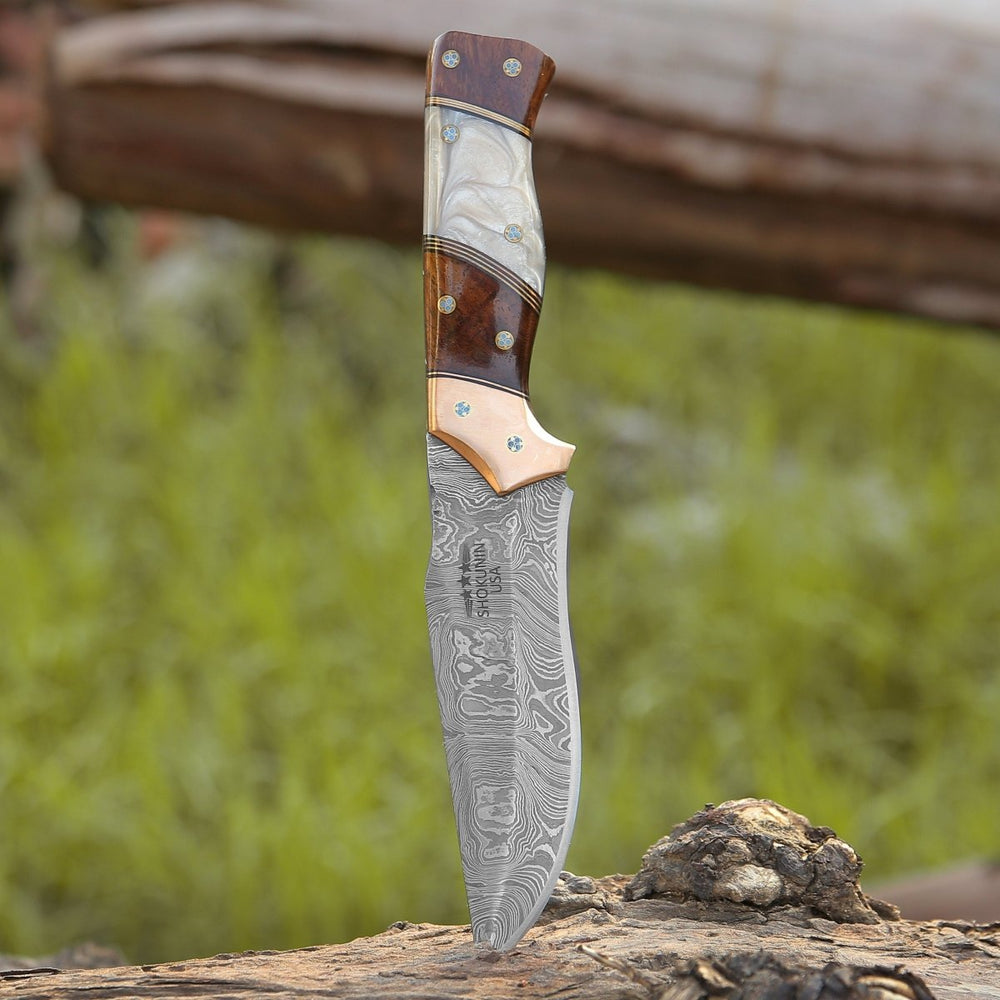

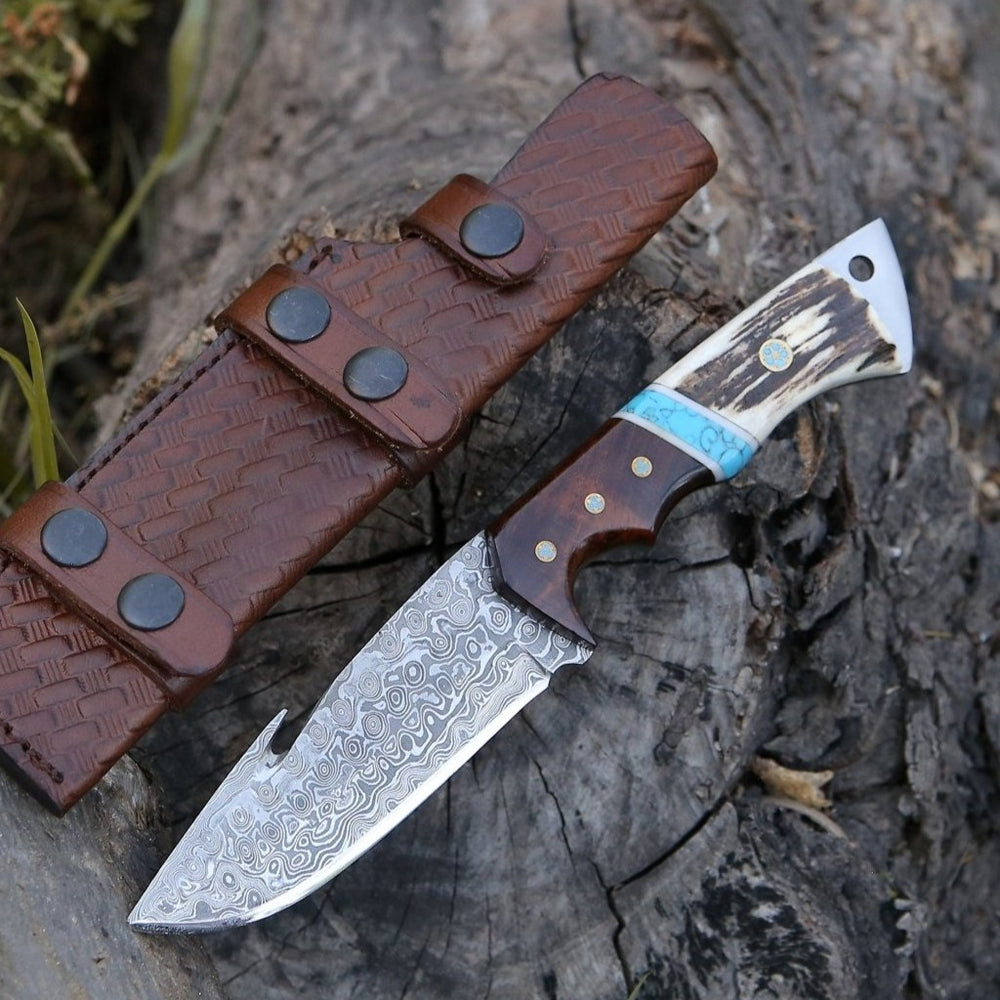
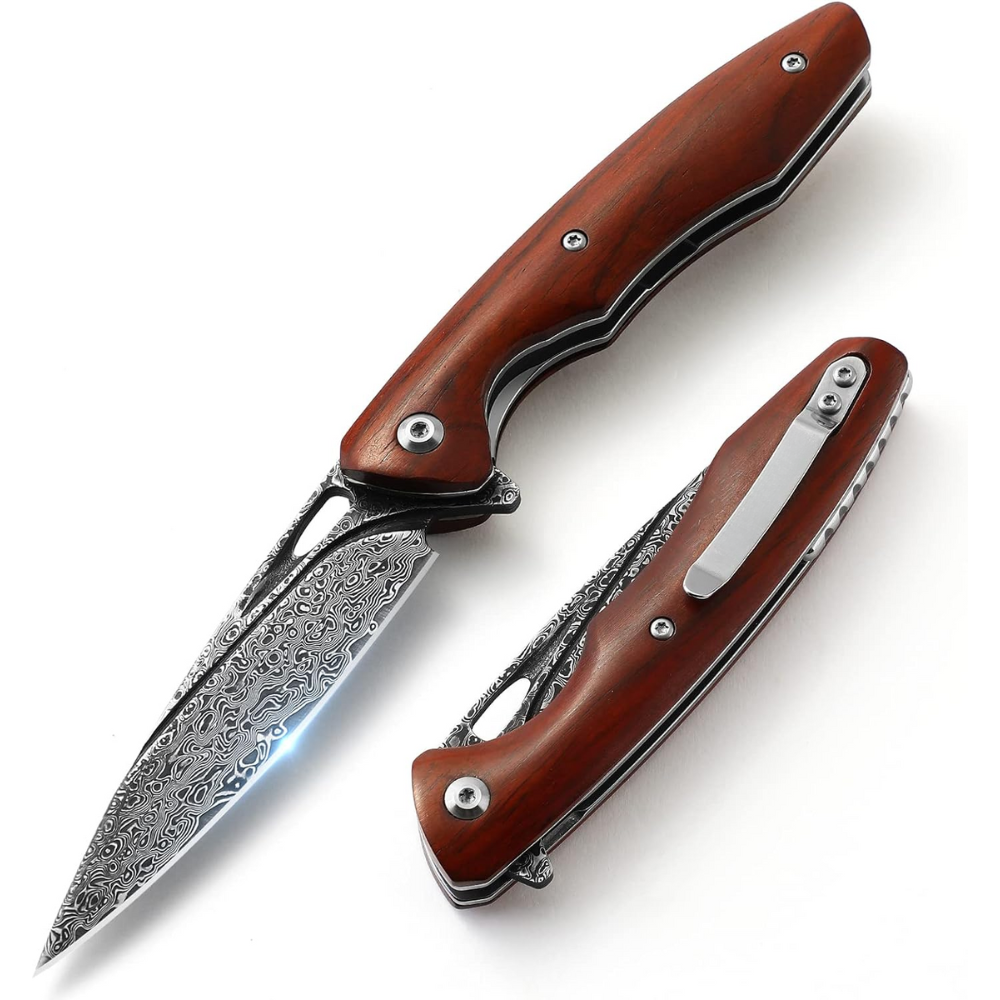
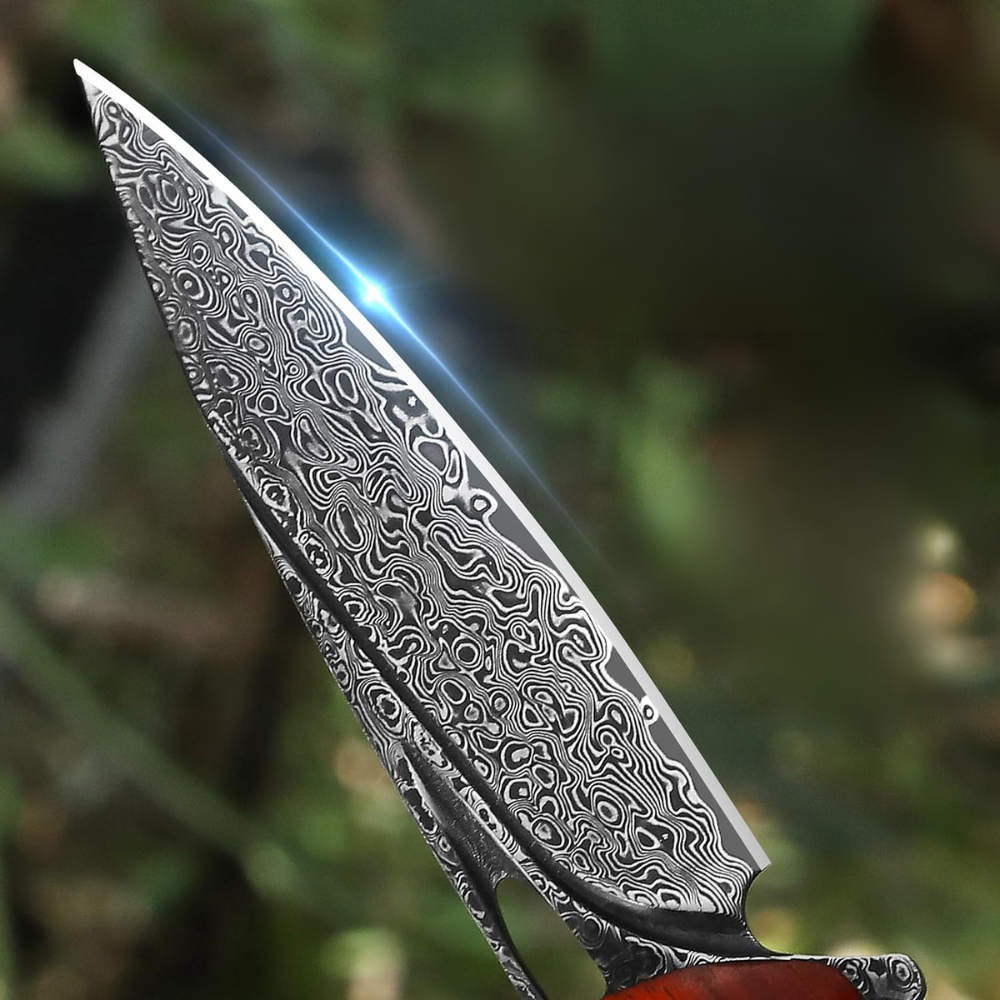
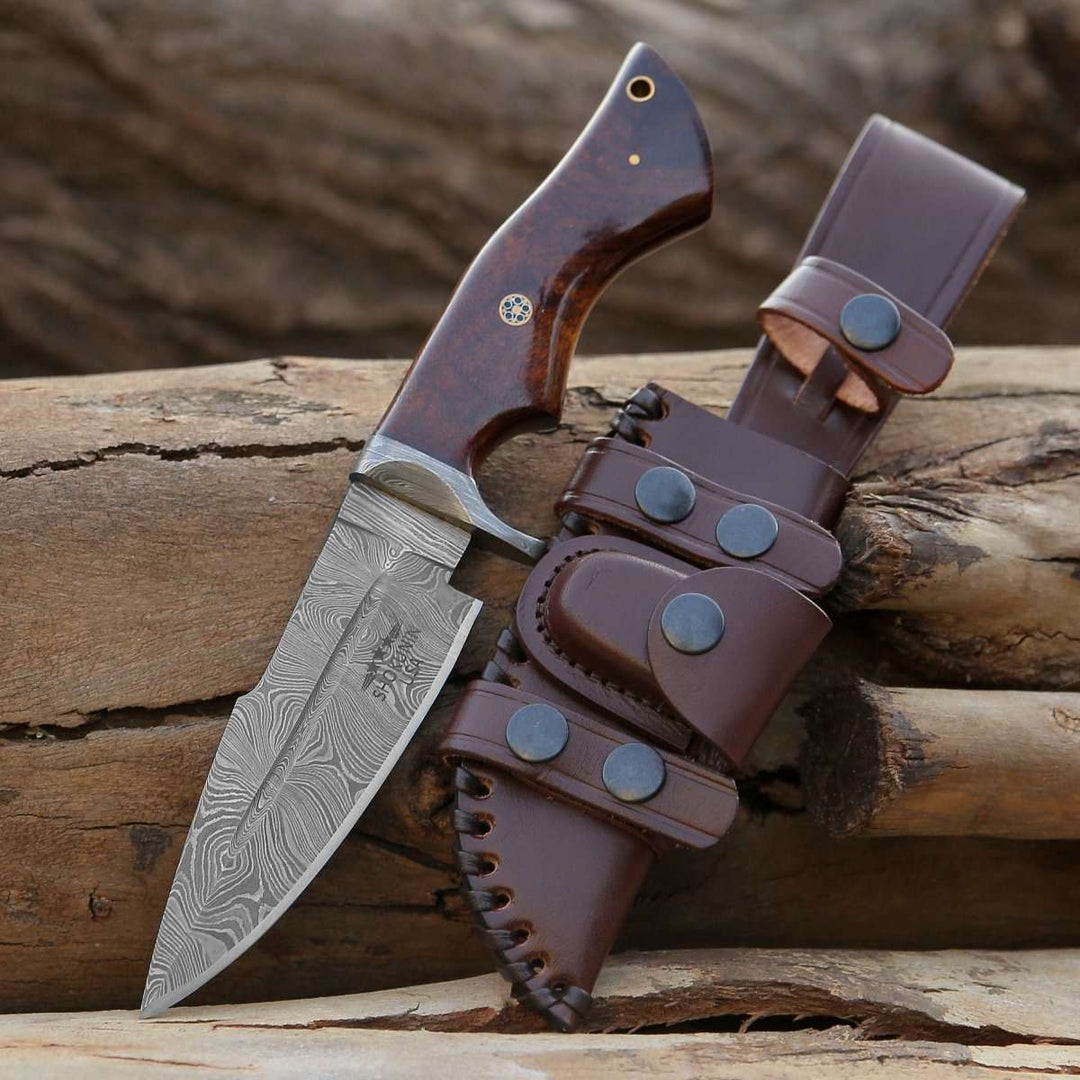
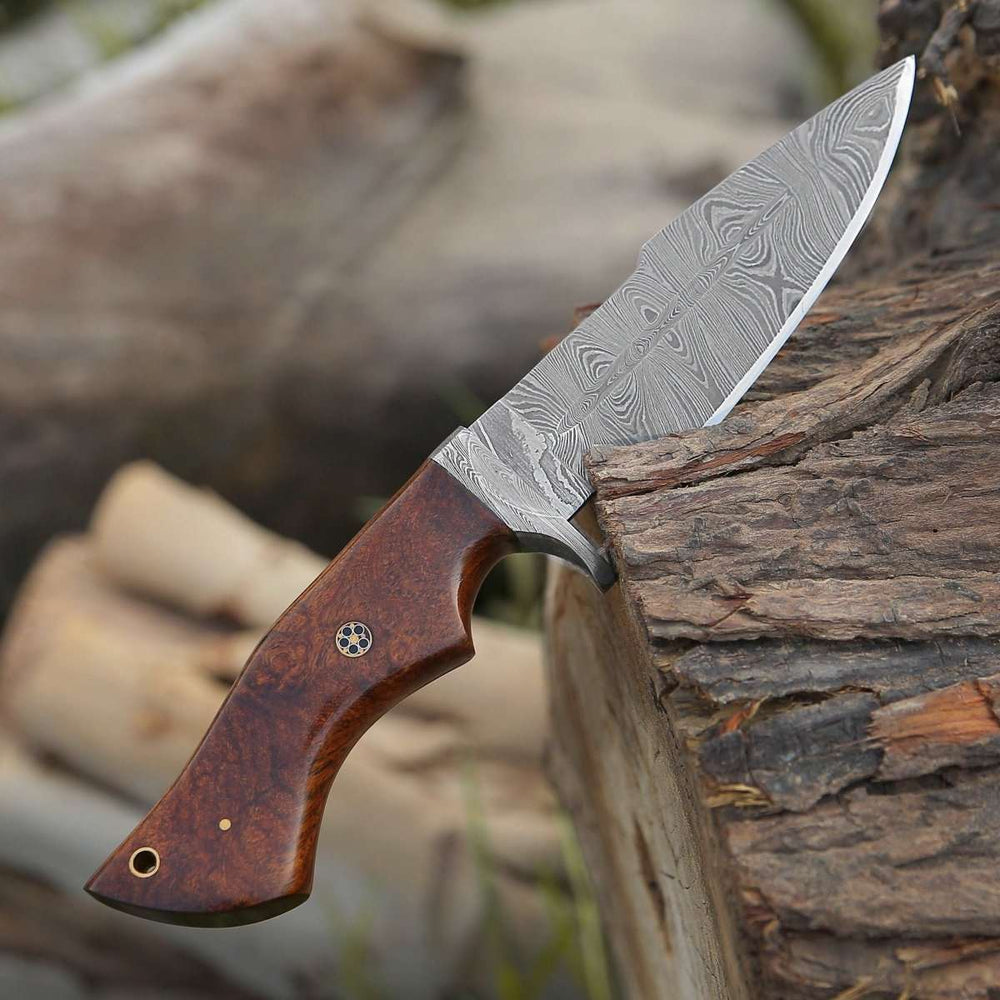
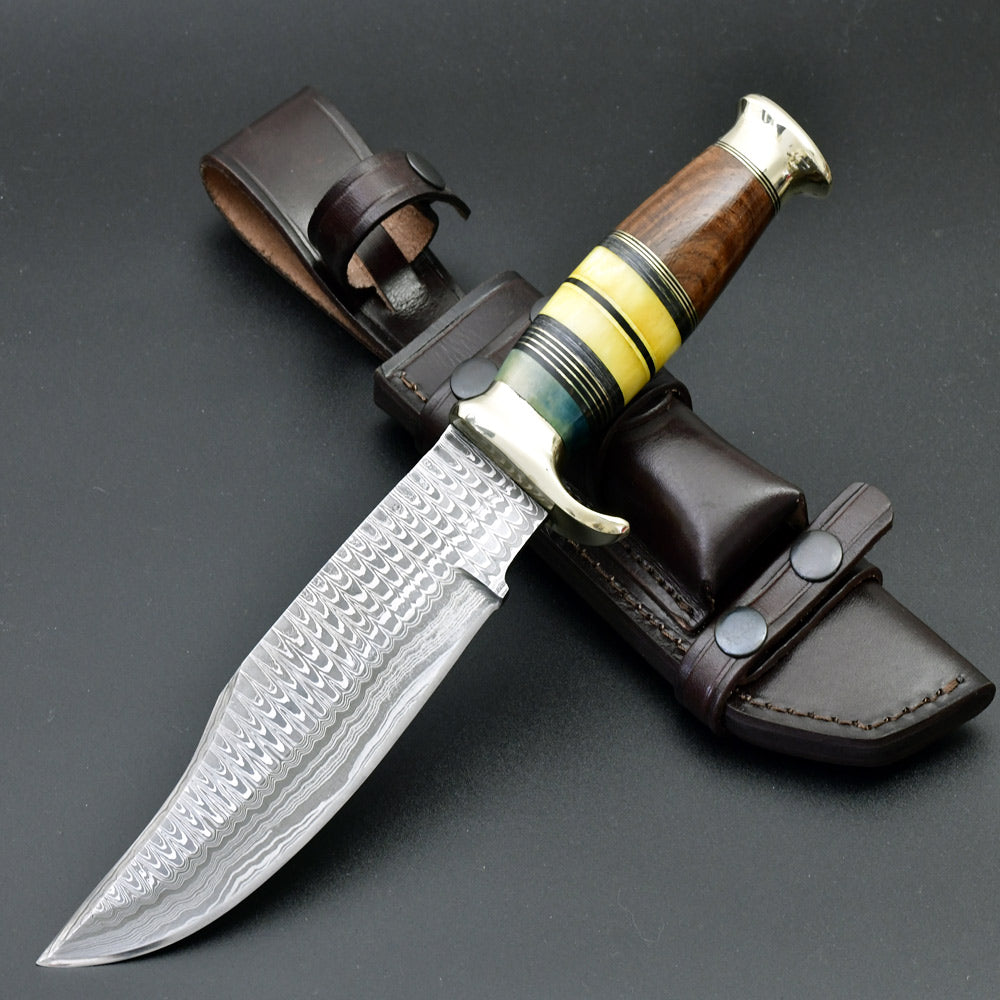
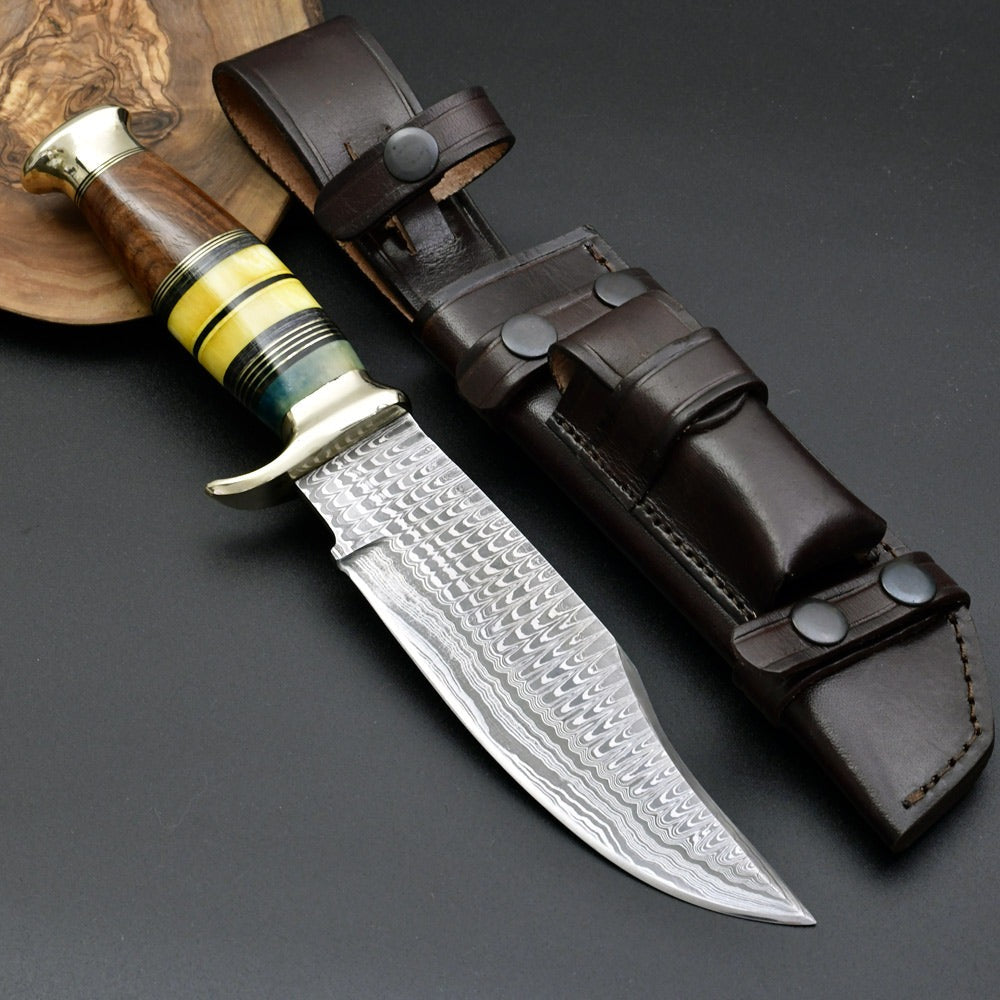
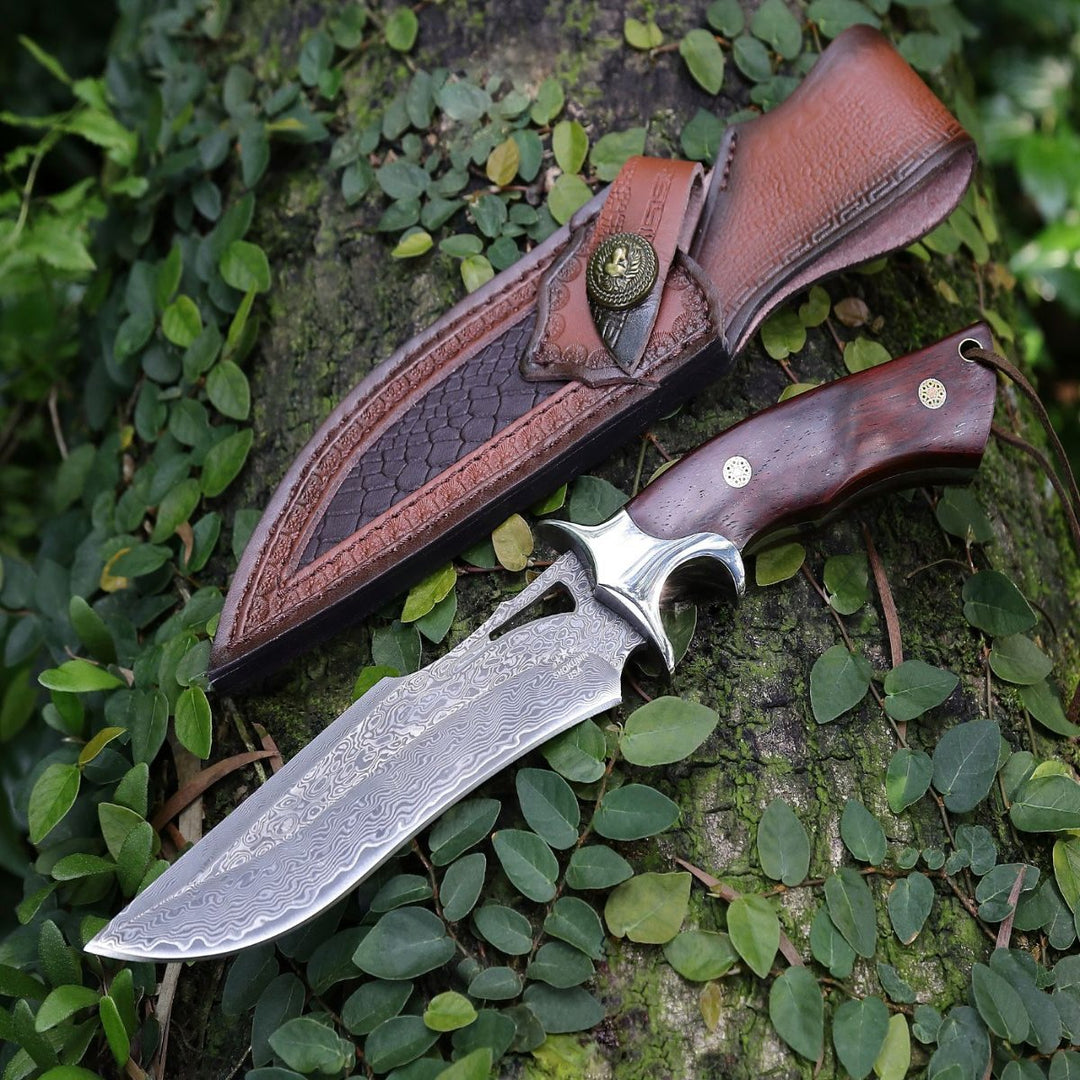
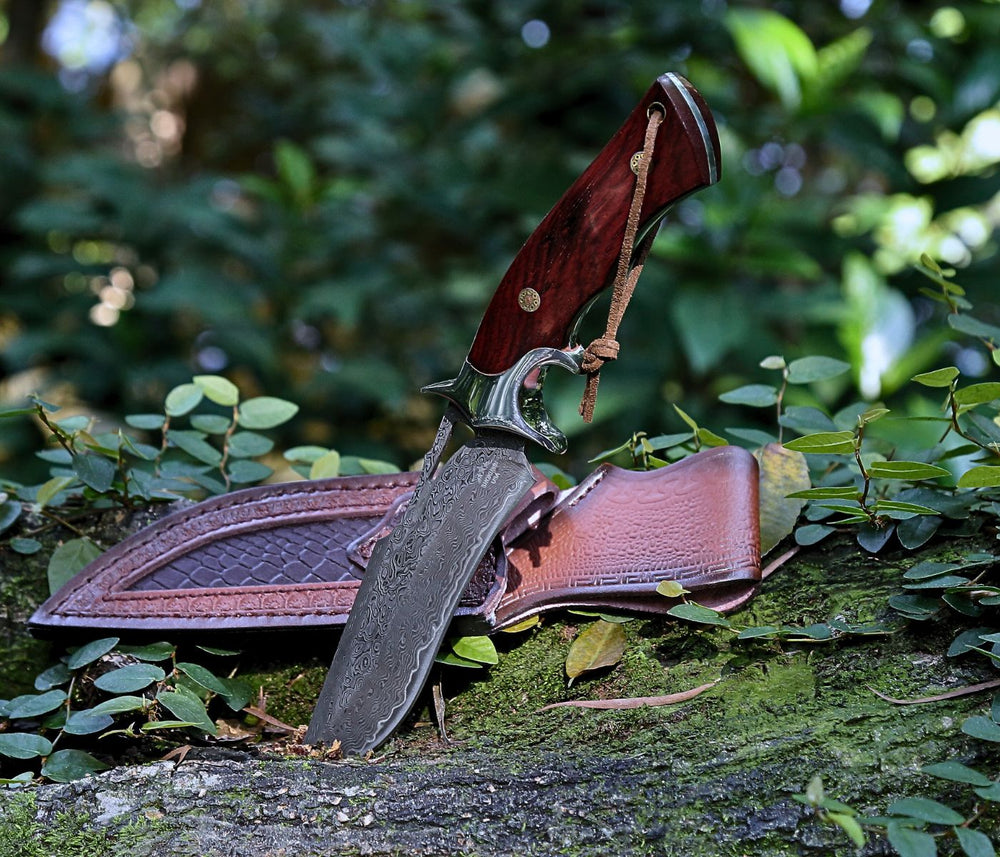
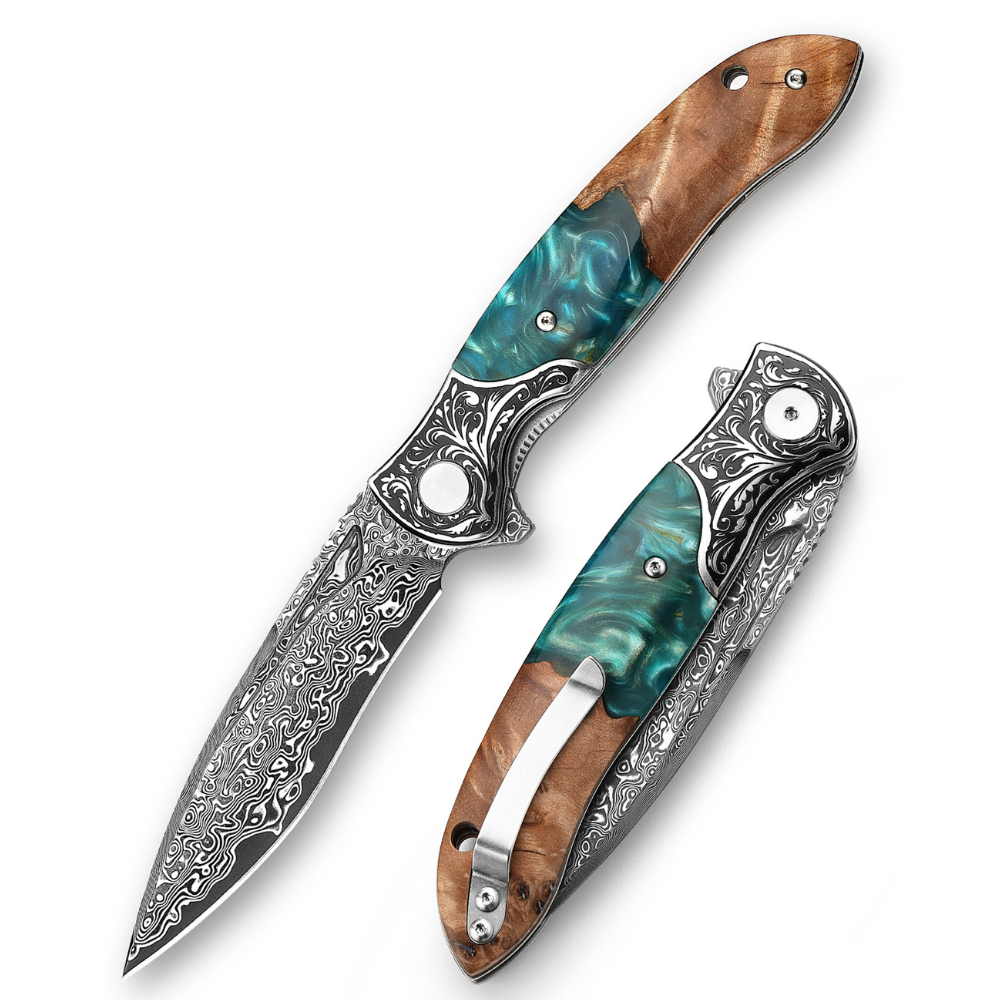
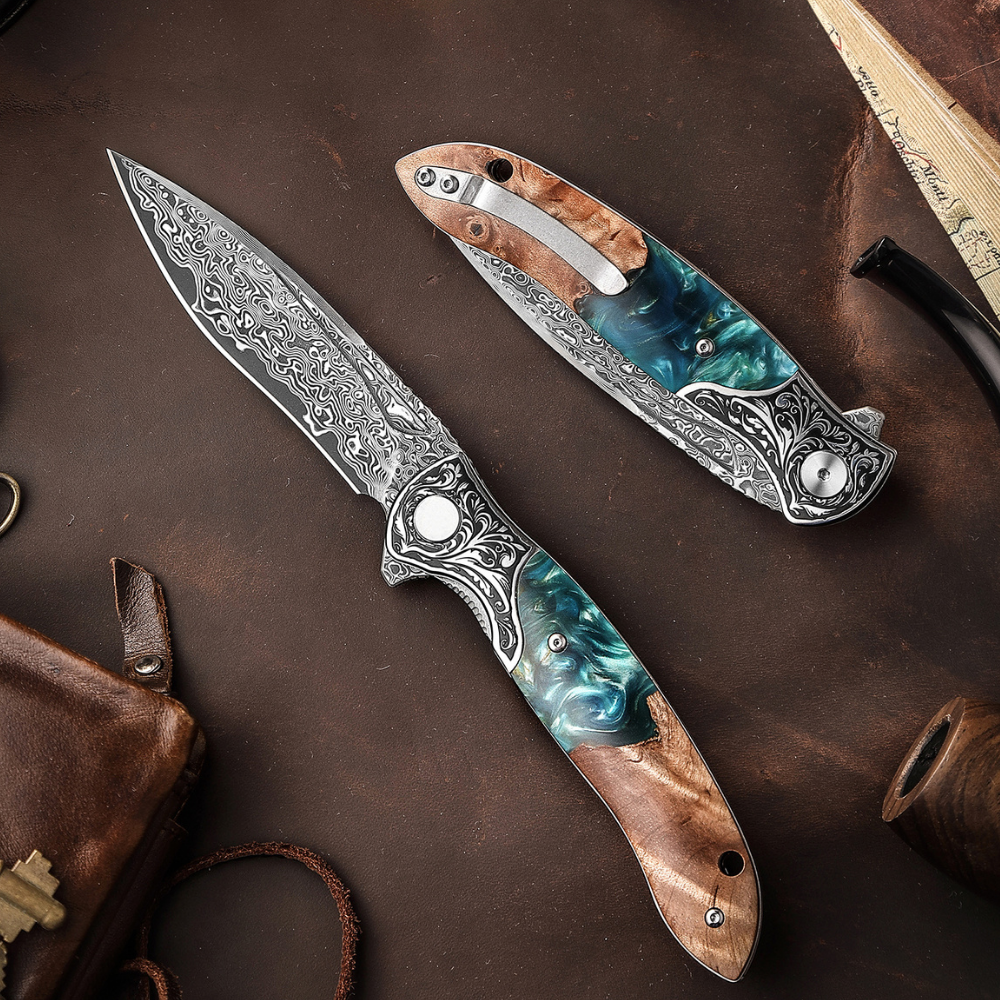
Leave a comment